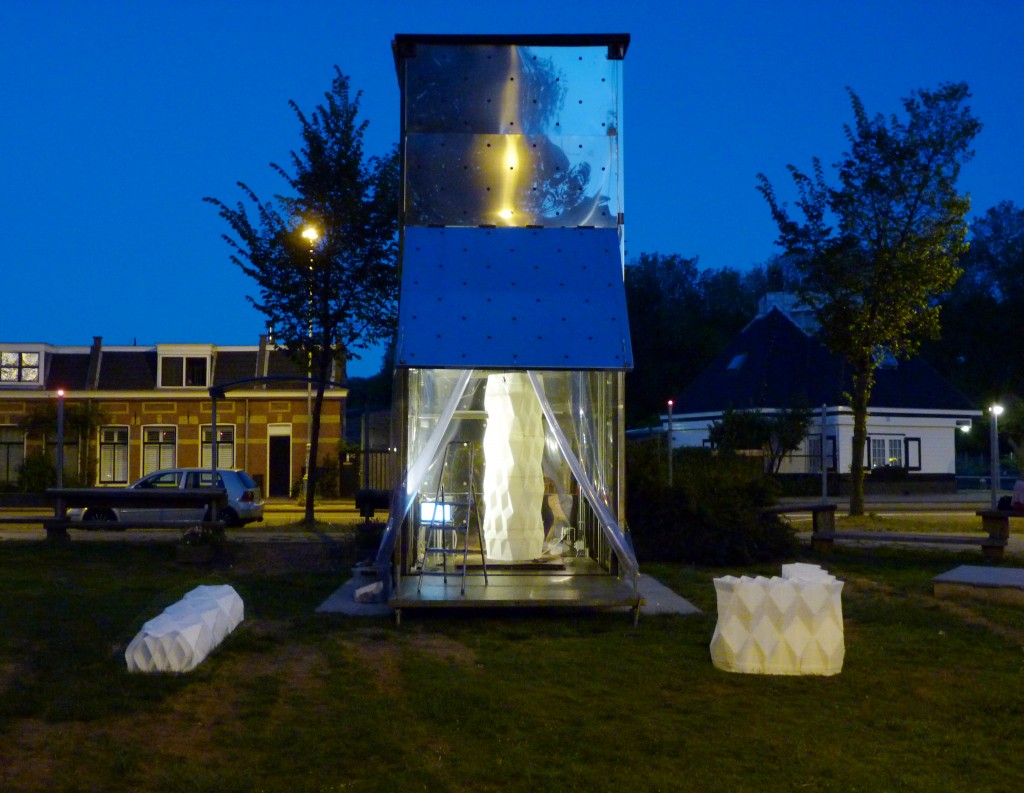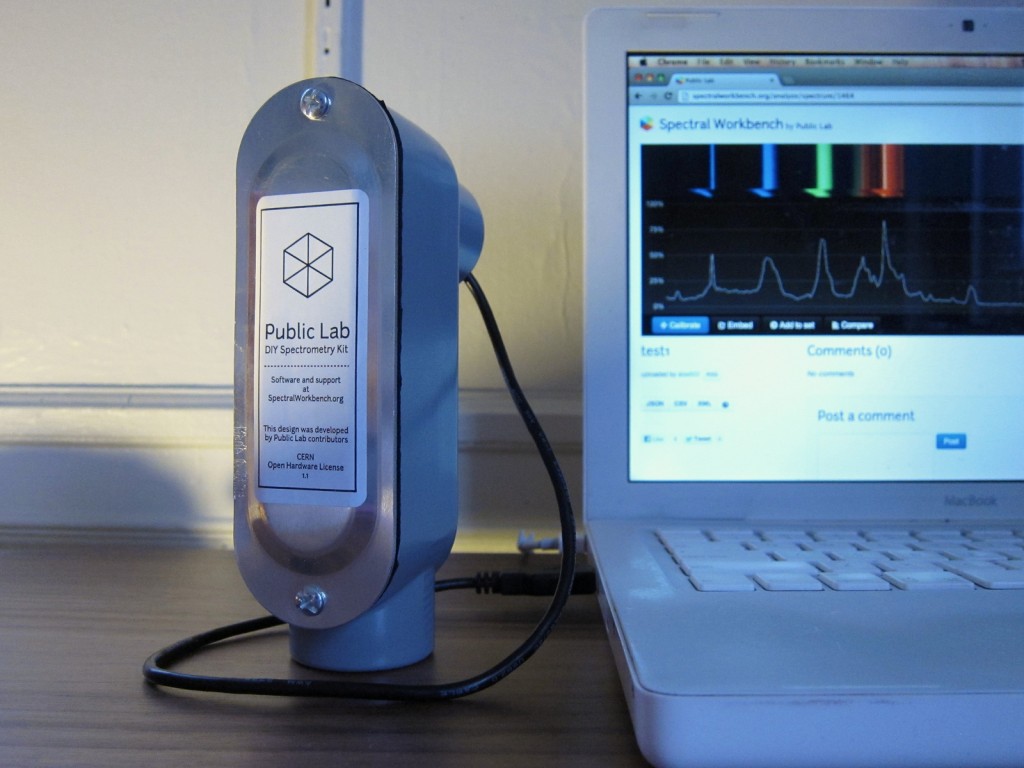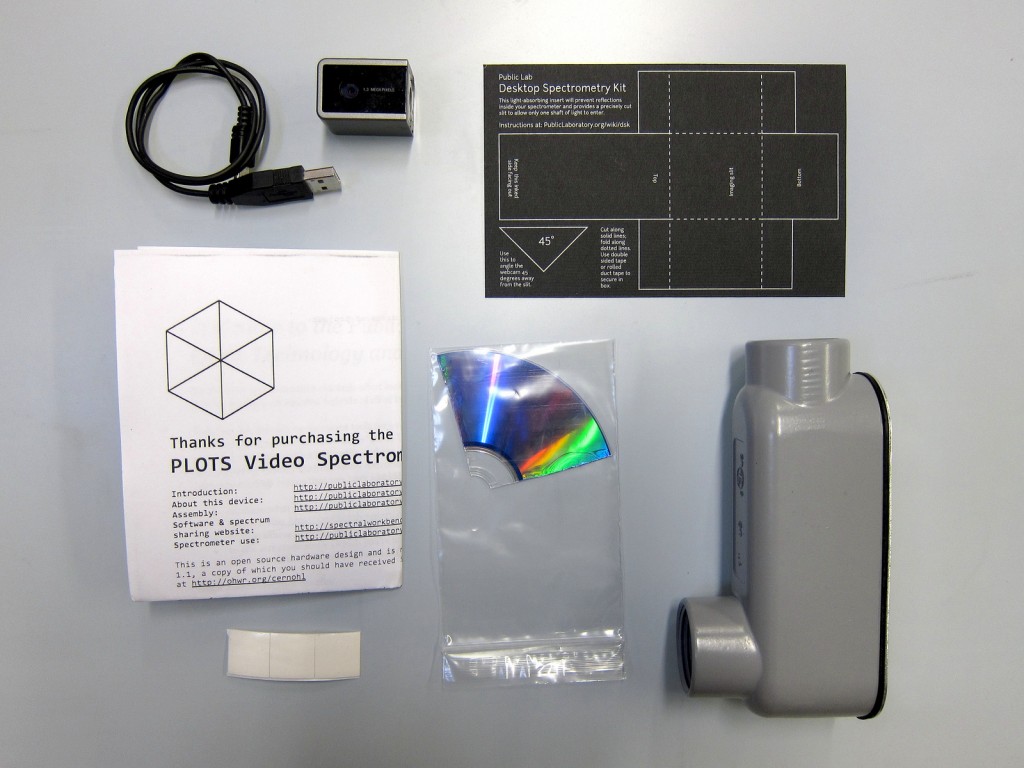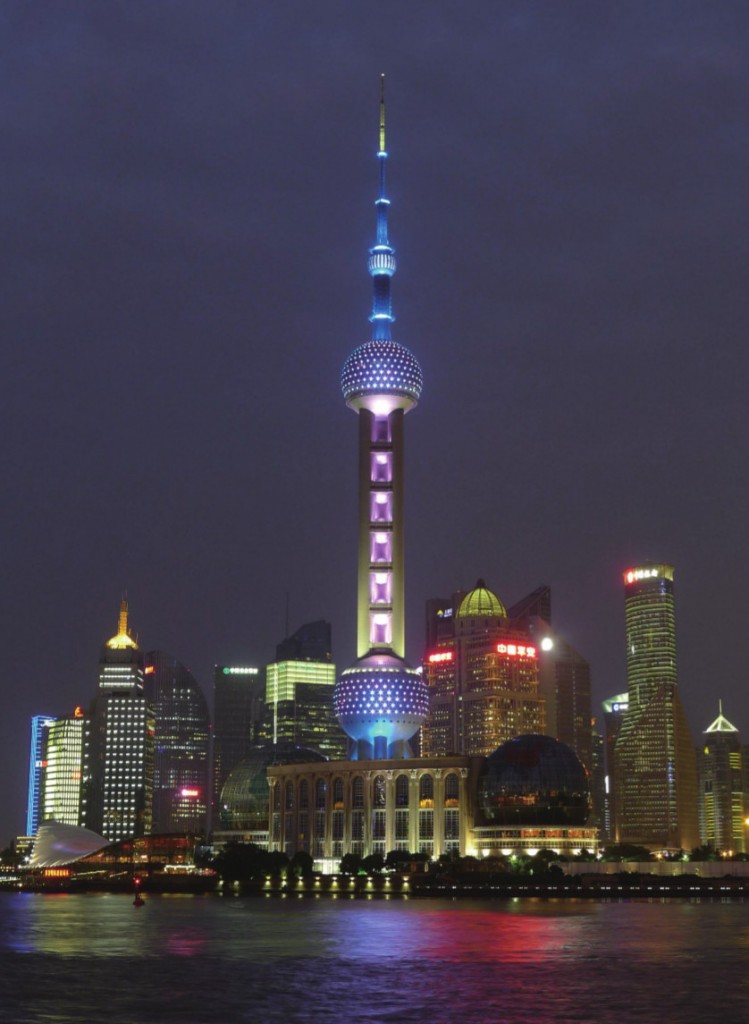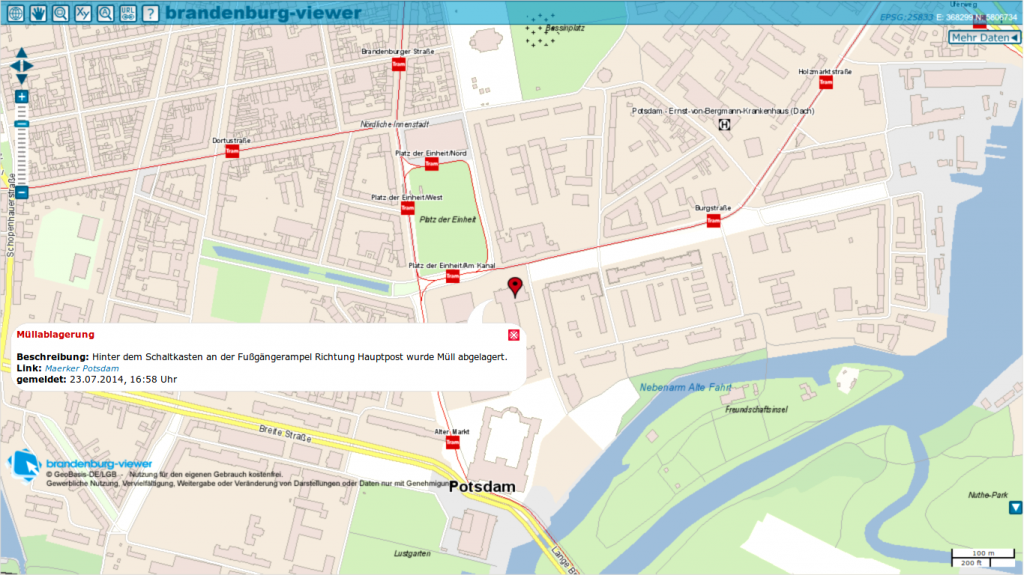 Maerker is a web-based application that lets the citizens of Brandenburg report issues with the infrastructure of their municipality. The project is already available for about 60 communities in Brandenburg, including Postdam, the state capital. Recently the project has been also implemented in Berlin, where three out of its twelve boroughs offer Maerker services as well.
Maerker is a web-based application that lets the citizens of Brandenburg report issues with the infrastructure of their municipality. The project is already available for about 60 communities in Brandenburg, including Postdam, the state capital. Recently the project has been also implemented in Berlin, where three out of its twelve boroughs offer Maerker services as well.
It is a simple system that lets the citizens participate actively in the administration of their municipality. Maerker forces the bureaucracy to react in an open way to the request of the citizens. The answers to the issues submitted fosters better coordination between institutions, giving to the actual concerns of the population the highest priority.
There is a wide variety of problems that can be reported. From illegally disposed waste through to road damages or failures in traffic lights. The local administrations provide feedback about the report’s current status. With a traffic-light like system it is possible to identify the current status of an issue. Red means that the issue is pending to be reviewed, yellow shows that the problem has been identified and is in process of being solved. Green represents a problem fixed. (more…)
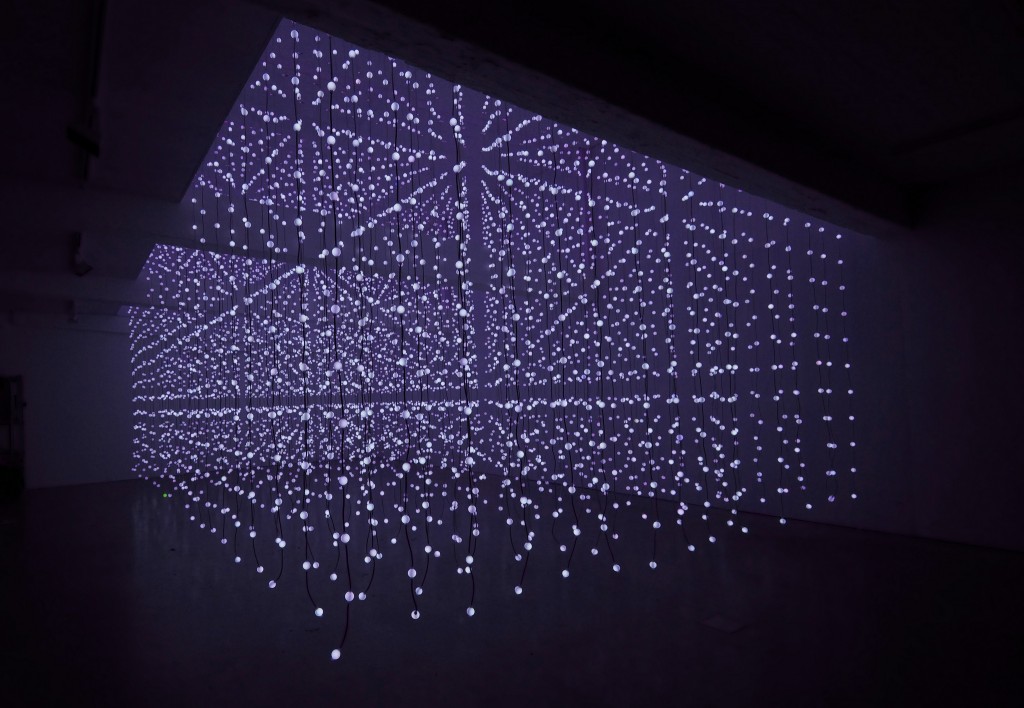 Submergence is an installation by the international art group
Submergence is an installation by the international art group 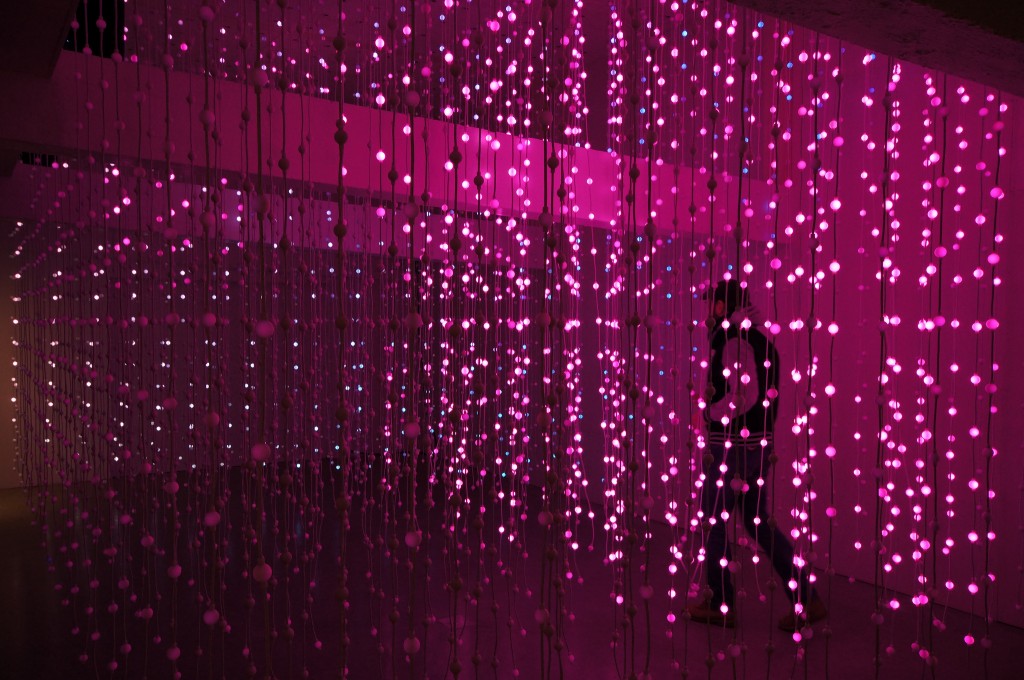
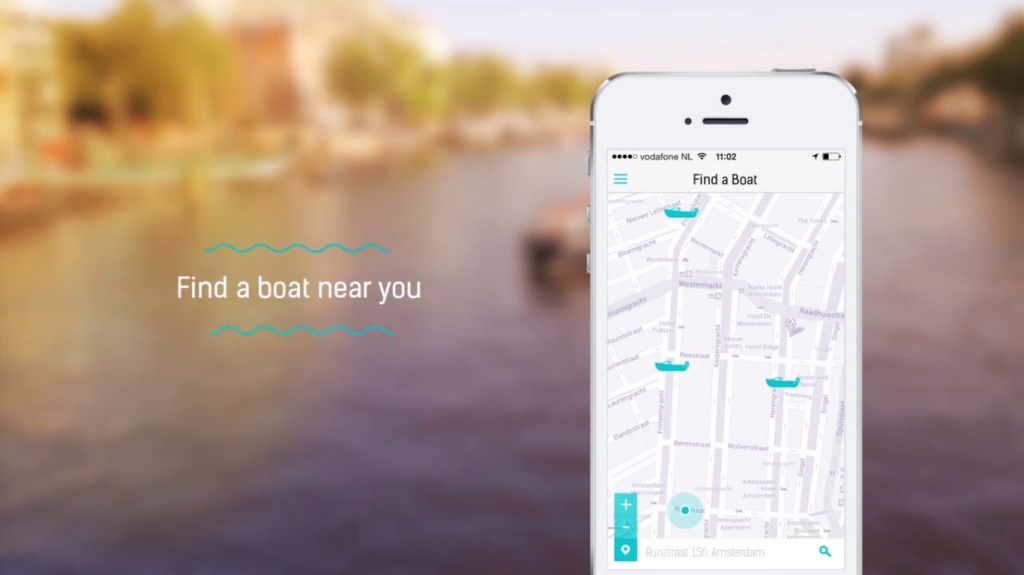
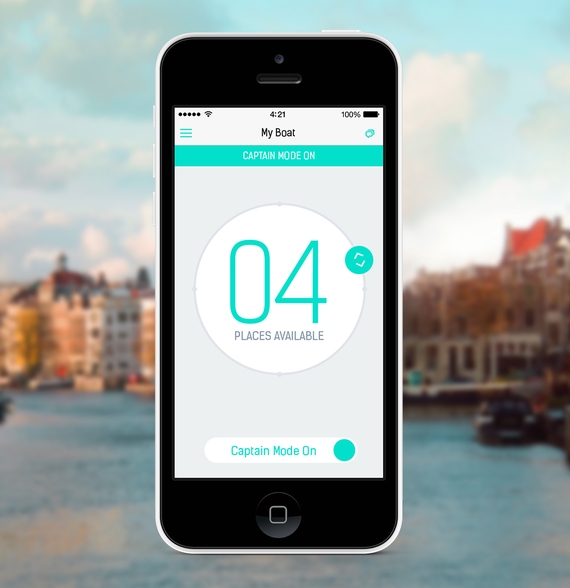
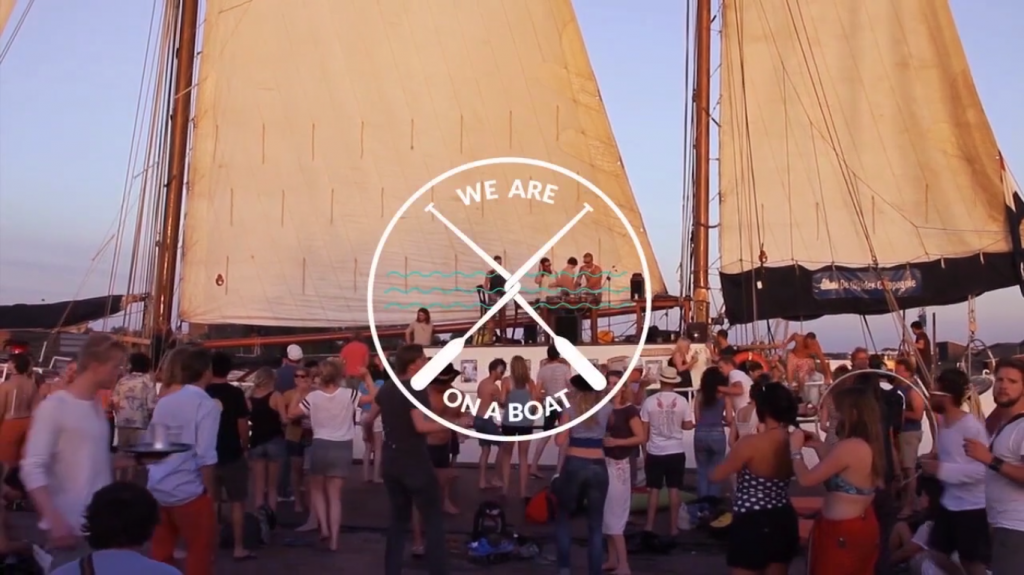 Credits:
Credits: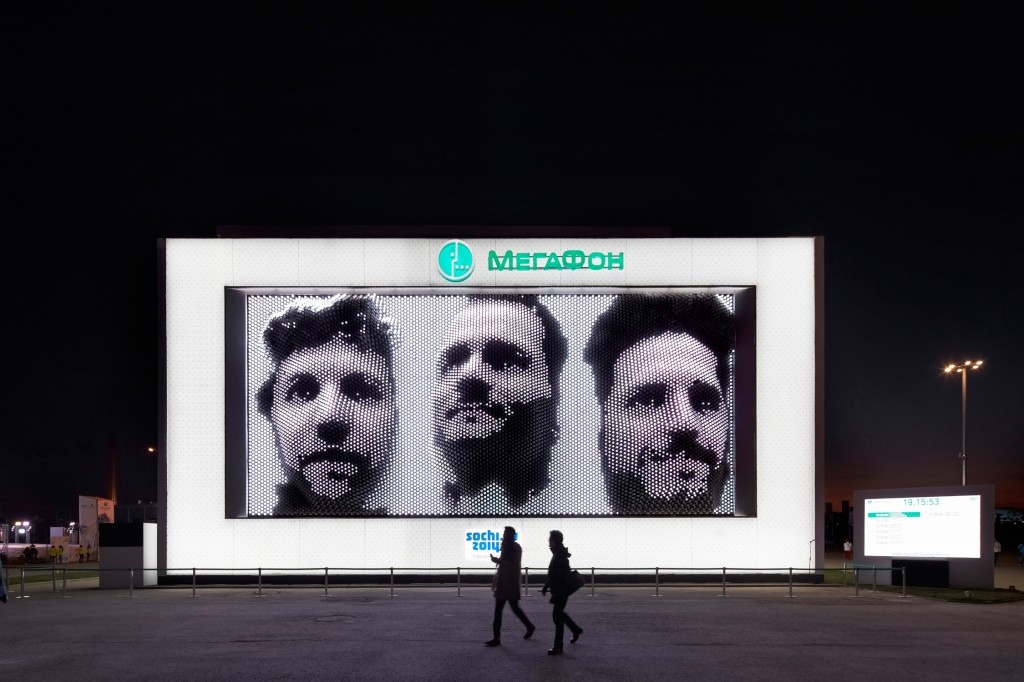 MegaFaces is a giant mechanical sculpture that creates 3D representations of faces i.e. 3D selfies. The installation was shown during the Socchi winter games and it was produced by a local mobile company and the london based architect
MegaFaces is a giant mechanical sculpture that creates 3D representations of faces i.e. 3D selfies. The installation was shown during the Socchi winter games and it was produced by a local mobile company and the london based architect 
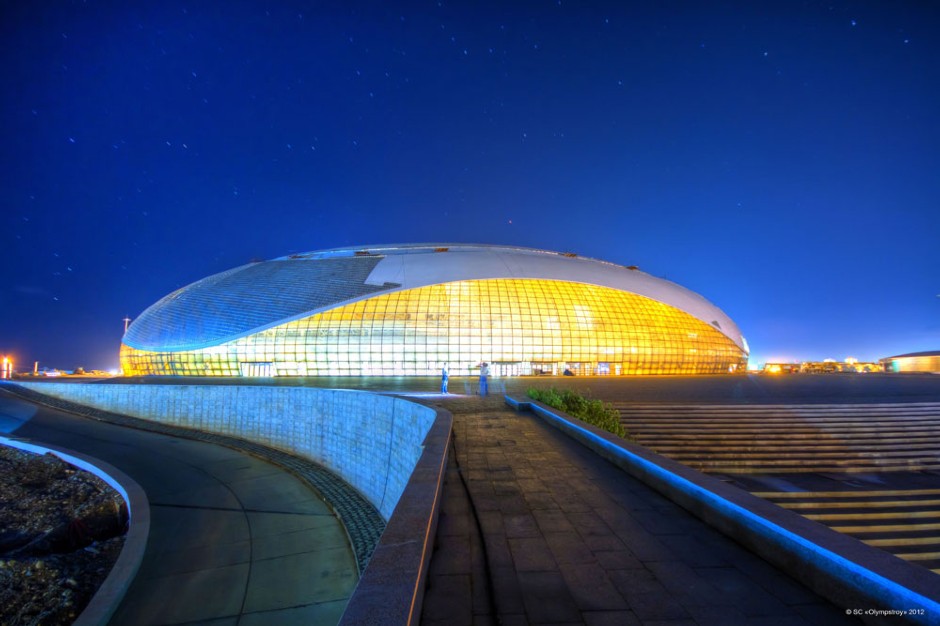 The Bolshoy ice dome was one of the 2014 Winter Olympic games’ venues. The dome, which has about 12.000 seats, hosted the indoor winter sports during the
The Bolshoy ice dome was one of the 2014 Winter Olympic games’ venues. The dome, which has about 12.000 seats, hosted the indoor winter sports during the 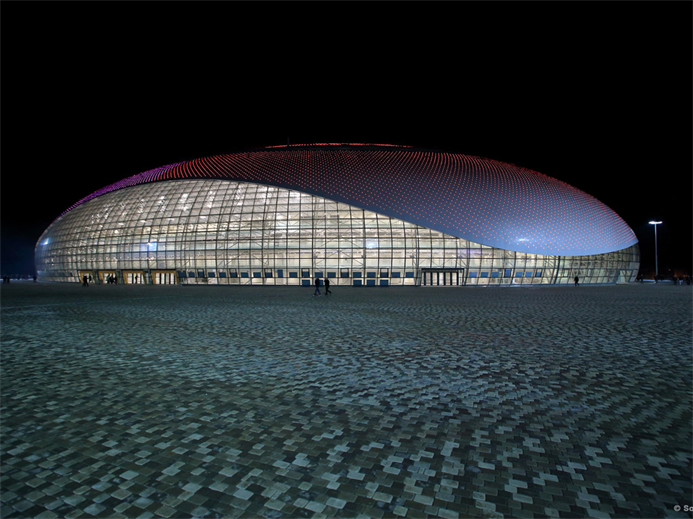
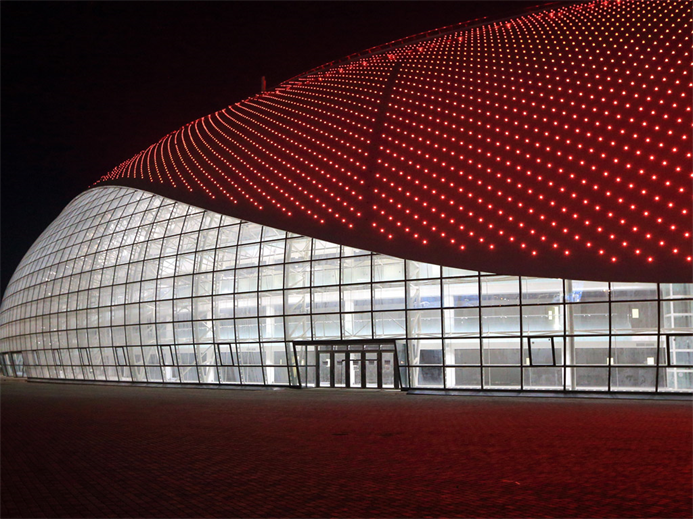
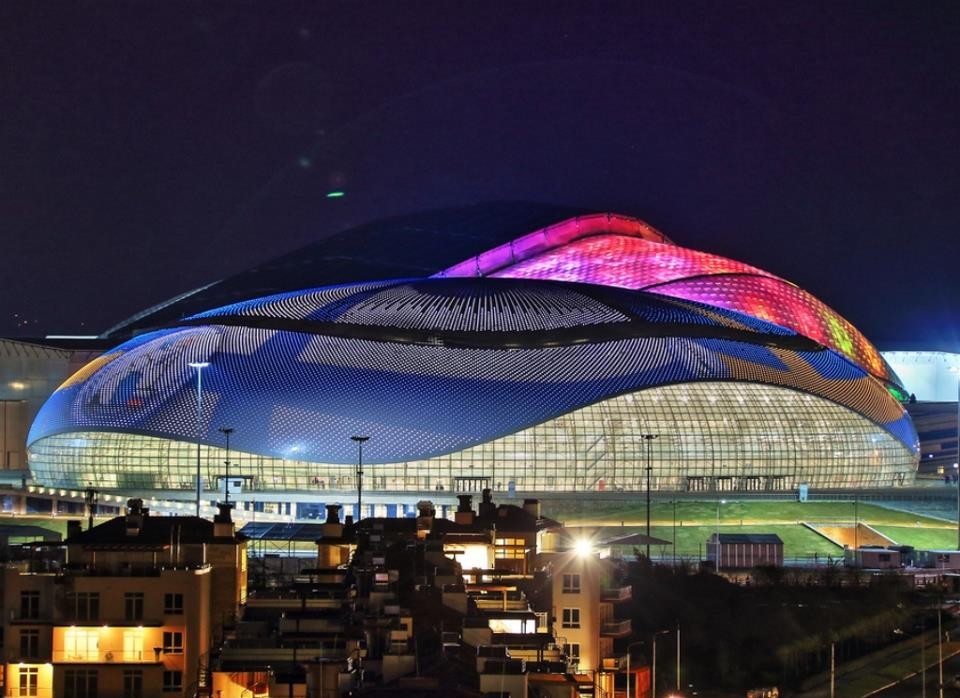
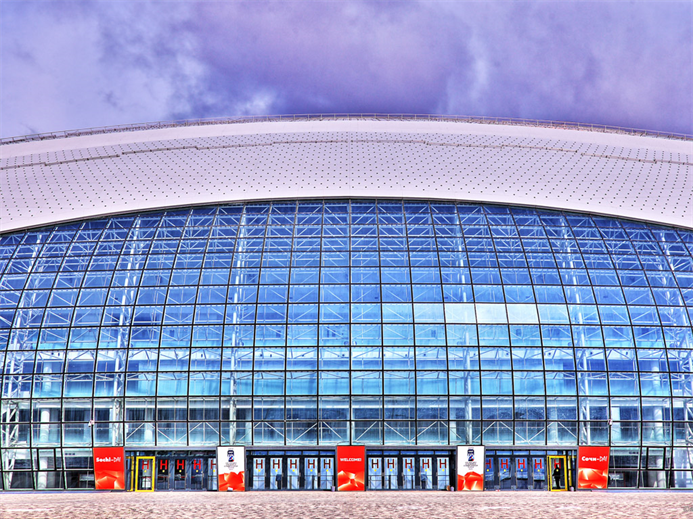
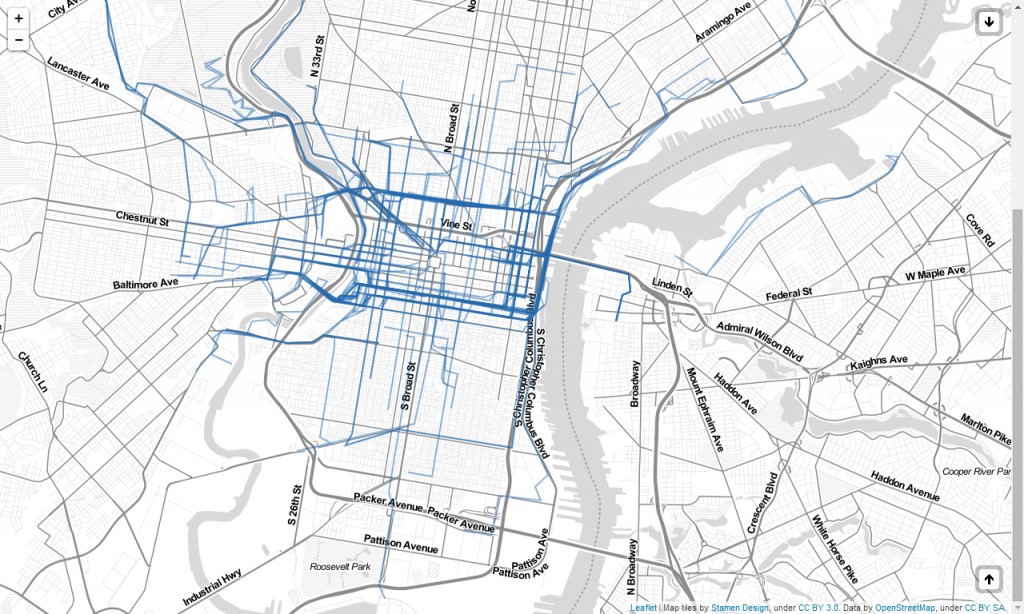 Cyclephilly is an online map and a mobile application that let the users record their daily routes in the city of Philadelphia. Although it has been around only for a couple of months, it can be already called a success story.
Cyclephilly is an online map and a mobile application that let the users record their daily routes in the city of Philadelphia. Although it has been around only for a couple of months, it can be already called a success story.
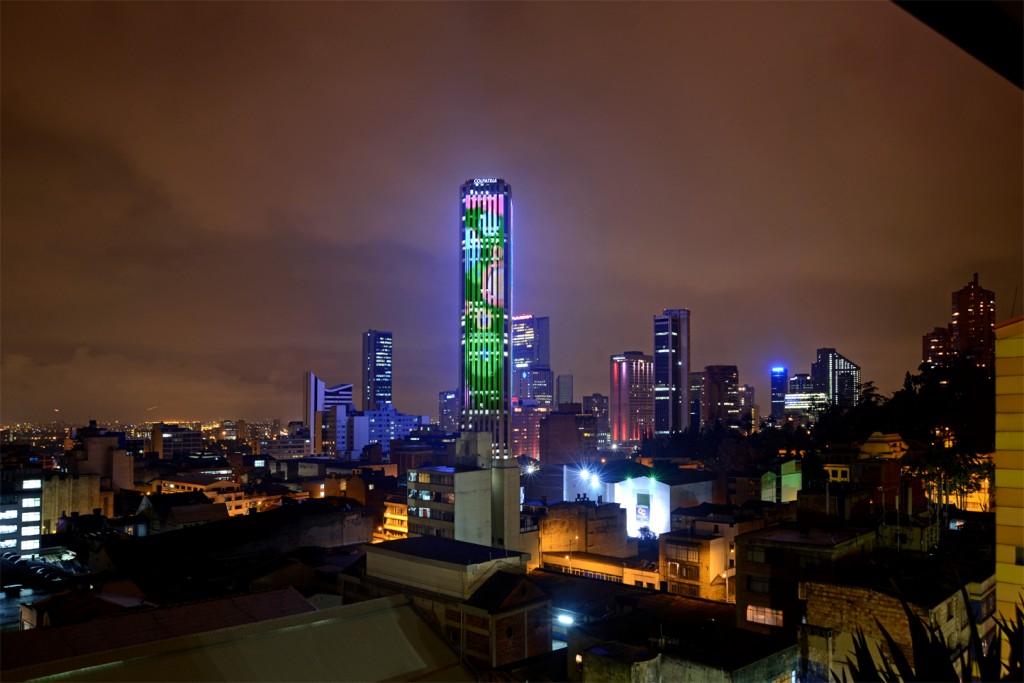 With 49 floors and a total height of 196 meters the Colpatria tower is the highest building of Colombia. It is in Bogotá, the capital city, and since its completion in 1979 it has always played a predominant role in the city’s landscape. The viewpoint at the top of the tower lets appreciate the extension of the city in all four directions.
With 49 floors and a total height of 196 meters the Colpatria tower is the highest building of Colombia. It is in Bogotá, the capital city, and since its completion in 1979 it has always played a predominant role in the city’s landscape. The viewpoint at the top of the tower lets appreciate the extension of the city in all four directions.
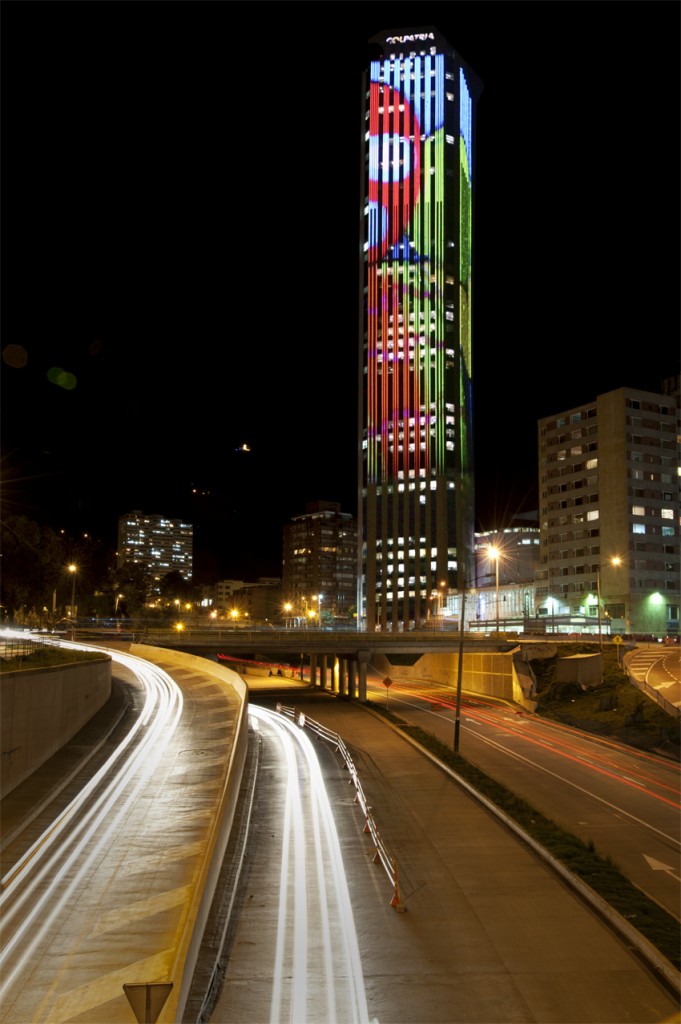
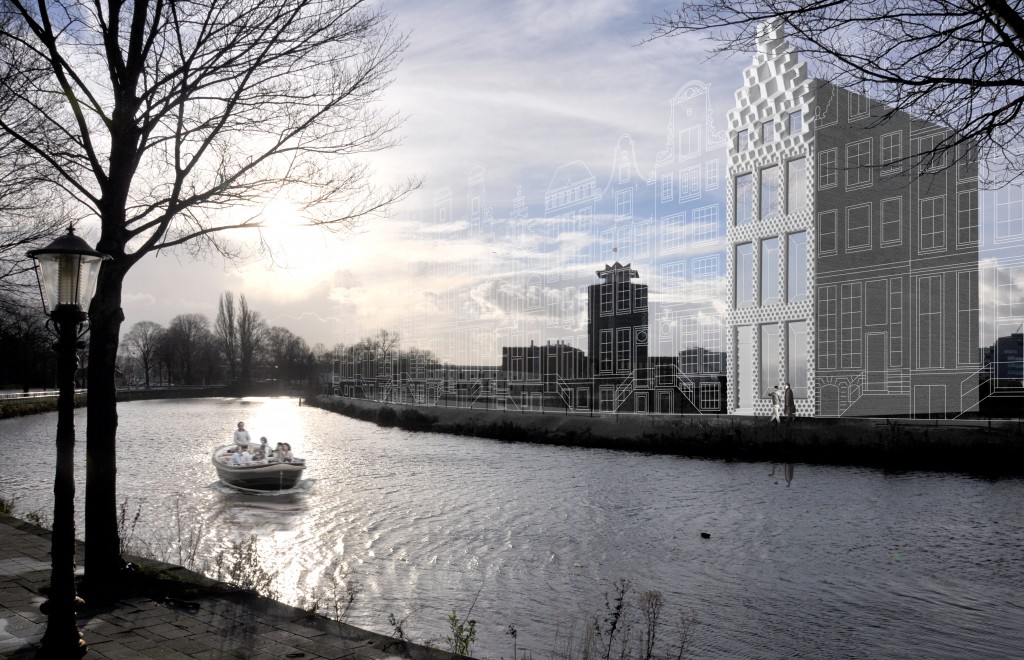 The
The 